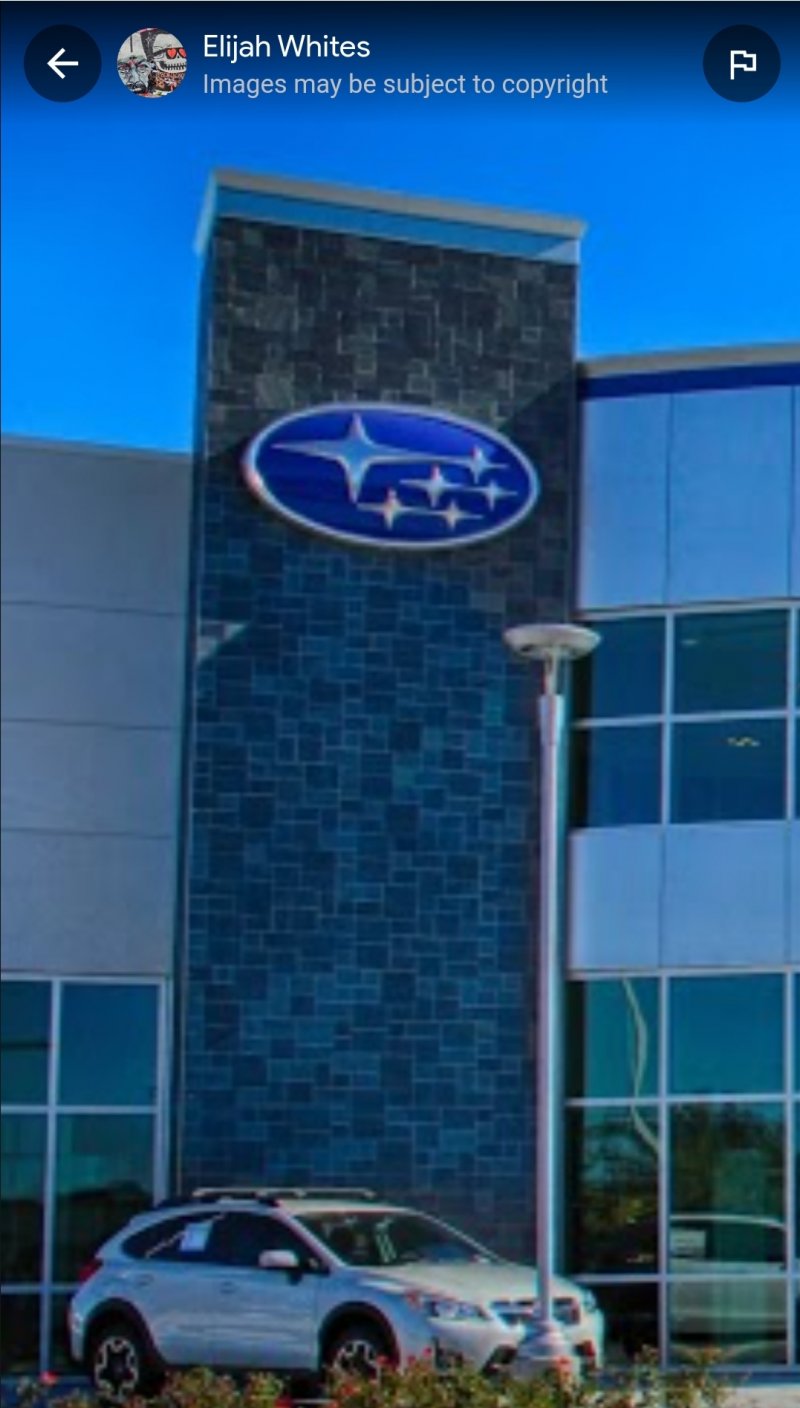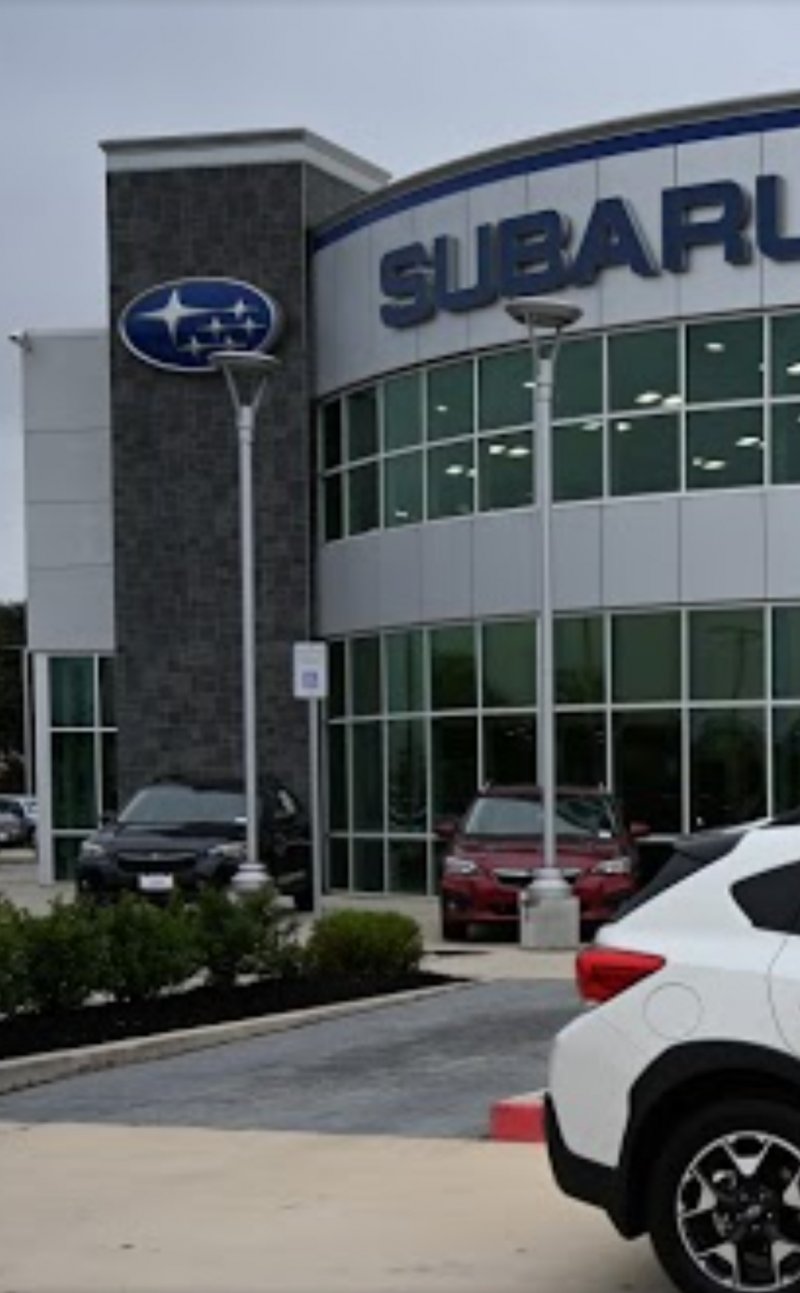Dry Treat's Stain Proof is regarded as one of, if not THE best penetrative sealer to block the mineral travel if you really want to take this on.
I would offer no warranty what so ever. Mother Nature is too unpredictable.
Efflorescence is a problem affecting all cement based building materials. This includes pavers, brickwork, blockwork, concrete, render, grout and tiles. In every kilogram of cement-based material there are also many grams of water-soluble salts. Most commonly, efflorescence begins when unused lime compounds from the cement are dissolved in mixing water, ground water or rain. Evaporation of the water brings these lime compounds to the surface where they can react with carbon dioxide in air to form insoluble crystalline calcium carbonate. This is the unsightly white powdery material we often see on pavers that detracts from what should otherwise be an attractive and clean surface. In extreme cases the efflorescence can obscure the surface and the crystallisation can cause erosion and pitting. Eventually, the calcium carbonate may react with more carbon dioxide to form calcium bicarbonate - a material that is water-soluble. The surface may become clean after a number of months or years in the outdoors. Understandably, not everyone wants to wait that long. And since first impressions are always lasting, it's worth preventing efflorescence problems from the start. Just washing the efflorescence off the surface usually starts an almost endless cycle of more efflorescence rising to the surface. After only a few days the surface is as powdery as before. The answer is to seal the surface with a high performance sealer as soon as is practical after the building material is installed. The sealer must be deeply penetrating, able to withstand the highly alkaline environment found in cement based-materials and be completely breathable so moisture cannot be trapped below the surface. Once the surface is sealed a deep water-repelling layer is formed. This layer will prevent water and dissolved lime compounds from reaching the surface where efflorescence could occur. At the same time the sealer stops further water soaking into the surface and so breaks the cycle of efflorescence. The unused lime compounds are left harmlessly immobile in the core of the building material with little contact with carbon dioxide. Since the sealer can breathe, sub-surface moisture can escape as water vapour rather than in a liquid form. Most efflorescence can be removed using an acid such as STAIN-PROOF® Acidic Cleaner, formerly known as Eff-Erazya™, diluted in water - although extreme caution and testing is required when the surface is acid sensitive.







